When it comes to designing pipe fitting layouts, several important factors need to be taken into account to ensure the system functions reliably and efficiently. Whether the system involves water supply, heating, or gas distribution, careful planning helps to avoid issues such as pressure loss, leaks, or maintenance difficulties. In this article, we will explore key considerations in pipe fitting layouts while also touching on specific components such as stainless steel spring check valves, high pressure pressure reducing valves, and 3 gas valves, which often play critical roles in various piping systems.
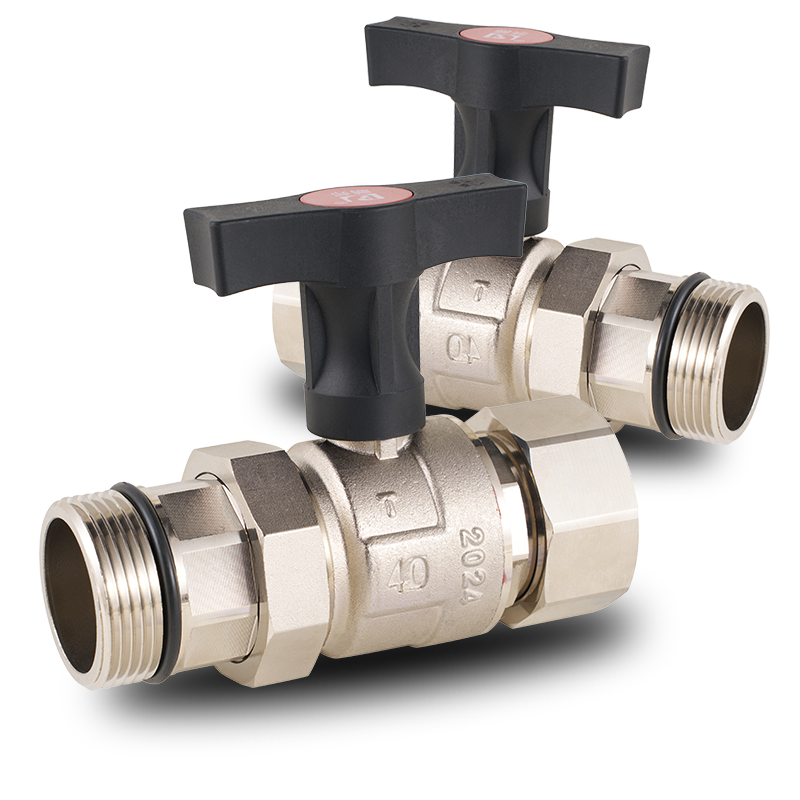
One of the primary goals in pipe fitting layout design is to maintain smooth fluid flow throughout the system. This starts with selecting the appropriate types of fittings and arranging them to lessen unnecessary bends or abrupt changes in direction. Excessive elbows or sharp turns can increase resistance and pressure drop, pilot to reduced system efficiency. When a change in flow direction is unavoidable, gentle curves or long-radius elbows can help maintain better flow characteristics.
The placement of valves is another important aspect of layout design. Valves such as stainless steel spring check valves serve the purpose of preventing backflow and ensuring fluid moves in the desired direction. Their positioning needs to consider accessibility for maintenance and inspection, as well as the impact on flow dynamics. For instance, installing a stainless steel spring check valve downstream of pumps or compressors can protect equipment from potential damage caused by reverse flow. Since these valves rely on a spring mechanism, it's important to install them in positions where debris accumulation is small to avoid sticking or malfunction.
In systems where pressure regulation is critical, integrating a high pressure pressure reducing valve into the layout becomes essential. These valves help maintain downstream pressure at a safe and steady level, regardless of fluctuations in the upstream supply. When designing the layout, it's crucial to ensure that the pressure reducing valve is installed in an accessible location and accompanied by pressure gauges or sensors. This allows operators to monitor system performance and quickly detect any abnormalities. Additionally, adequate straight pipe lengths before and after the valve are recommended to ensure accurate pressure control and less turbulence.
Gas piping systems often involve multiple gases or require switching between gas sources, making the use of specialized valves necessary. A 3 gas valve, for example, allows control over three different gas flows, often used in laboratory or industrial settings where precise gas mixing or selection is required. When incorporating a 3 gas valve into a pipe fitting layout, careful consideration should be given to safety and control systems. The valve should be positioned where it can be securely accessed without disrupting other parts of the system. Moreover, appropriate ventilation and leak detection measures around these valves are essential to maintain a safe operating environment.
Material choice for pipe fittings is another important consideration. In environments where corrosion resistance is necessary, stainless steel fittings are commonly preferred. This extends to components like stainless steel spring check valves which benefit from stainless steel's durability and resistance to rust. For systems handling aggressive fluids or operating at high temperatures, choosing the right material helps prolong the lifespan of the entire piping system and reduces maintenance frequency.
Another factor to consider in pipe fitting layout is the allowance for thermal expansion and contraction. Pipes and fittings expand and contract due to temperature changes, which can advance to stress on joints and eventual leaks if not properly accounted for. Including expansion loops or flexible fittings in the design can help accommodate these movements. It is also useful to avoid rigid configurations that can amplify stress at connection points.
Ease of installation and future maintenance should also influence layout decisions. Arranging fittings and valves so they are easily accessible reduces downtime during repairs or replacements. Marking valves clearly and providing adequate clearance space around fittings not only aids technicians but also supports compliance with safety regulations. In some cases, installing valve boxes or panels can protect critical components while keeping them reachable.
Lastly, when designing pipe fitting layouts, consideration should be given to system scalability. Anticipating potential future expansion or modifications can save considerable time and cost down the road. Designing with standardized fittings and modular components allows easier upgrades and integration with additional equipment.
In conclusion, designing pipe fitting layouts involves a balance of hydraulic efficiency, material suitability, safety, and maintenance practicality. Components like stainless steel spring check valves, high pressure pressure reducing valves, and 3 gas valves each have specific requirements that influence their placement and integration within the system. A thoughtful approach to these considerations results in piping systems that are reliable, safe, and easier to operate over their service life.


 English
English русский
русский Español
Español عربى
عربى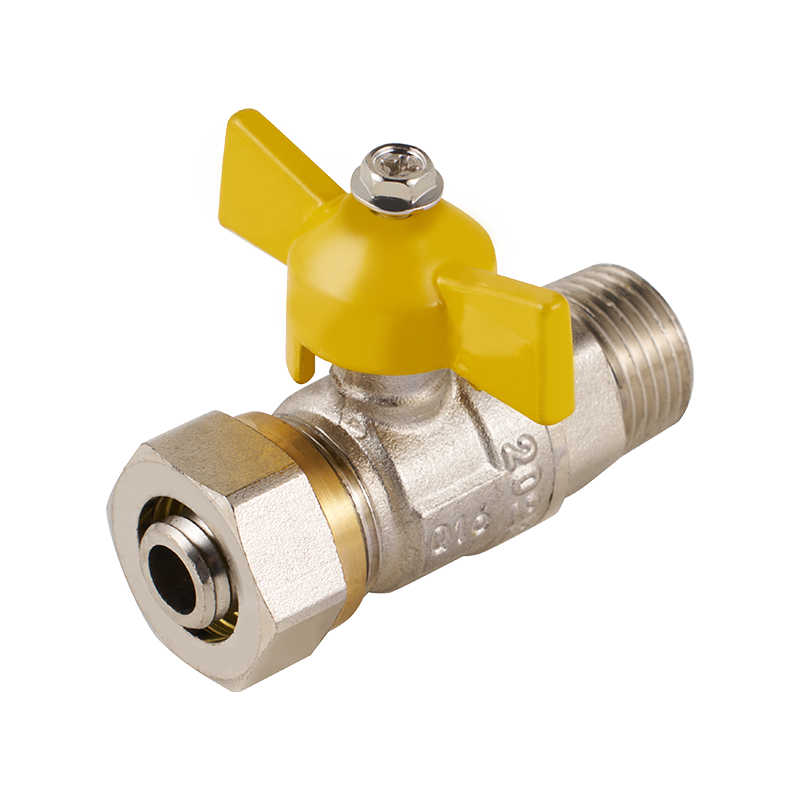
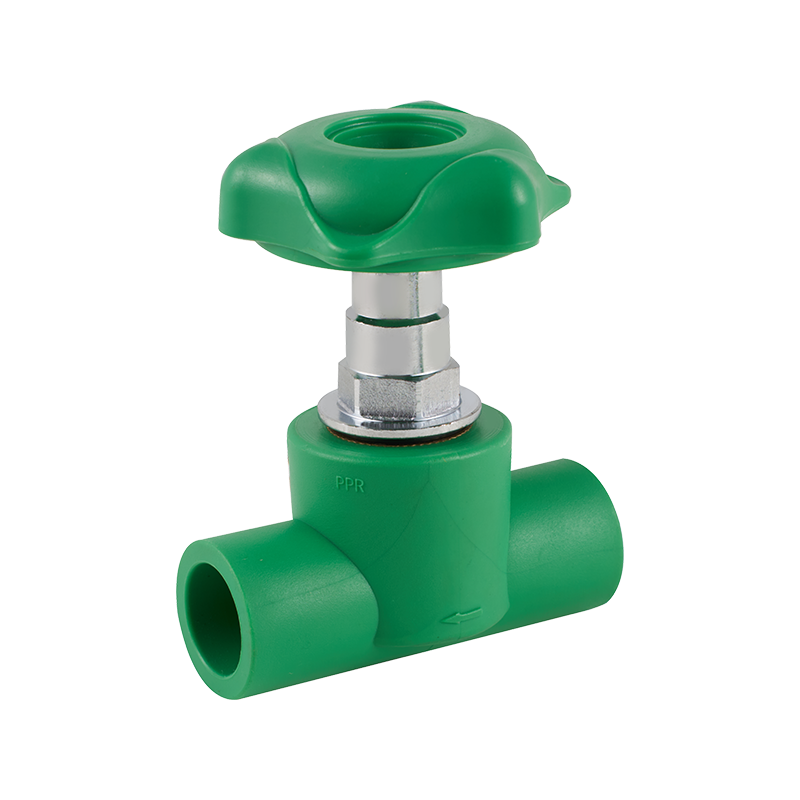
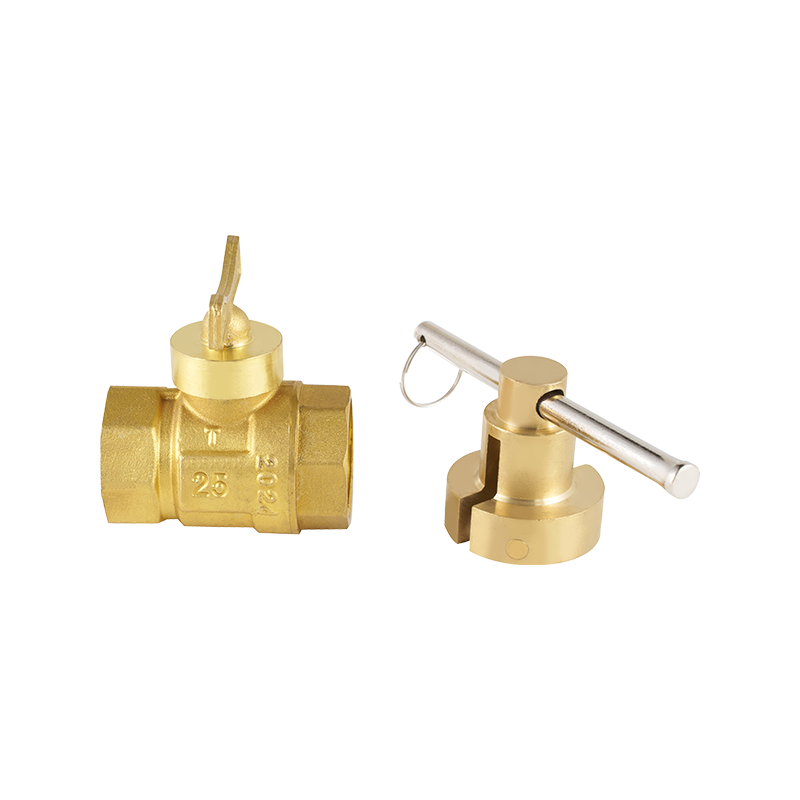
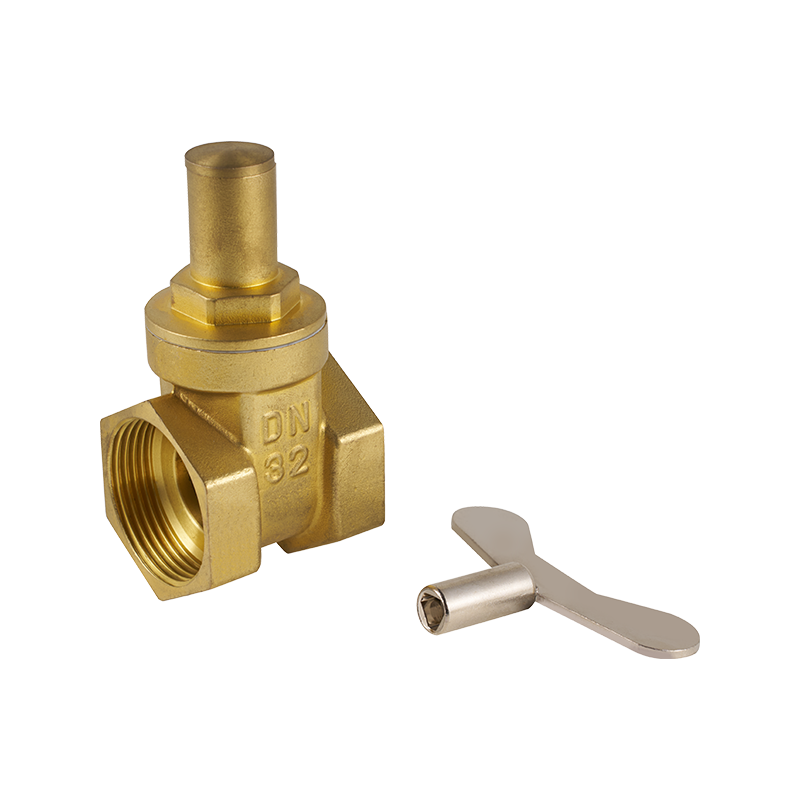
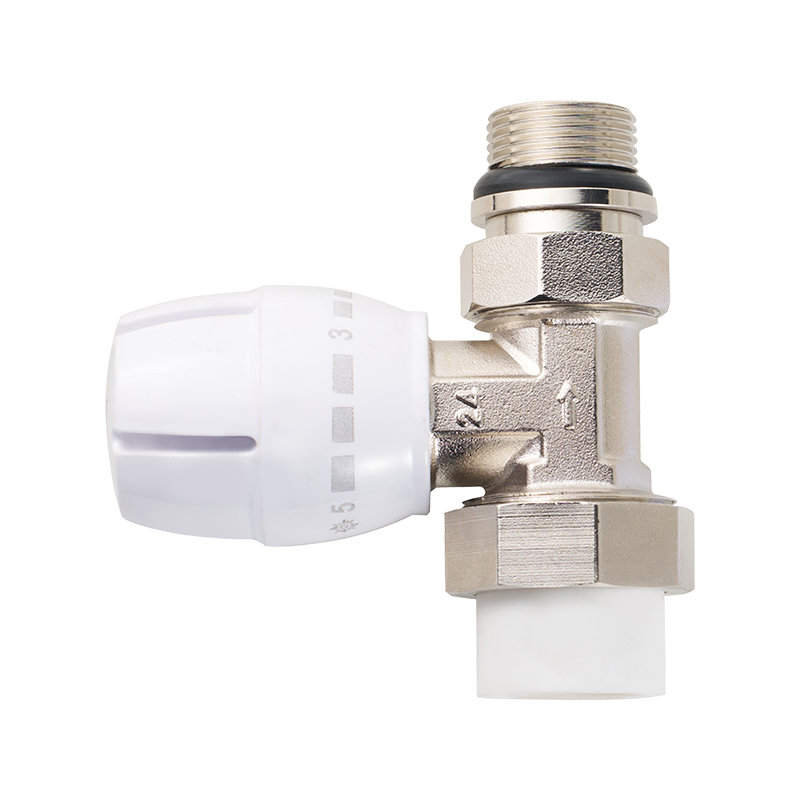
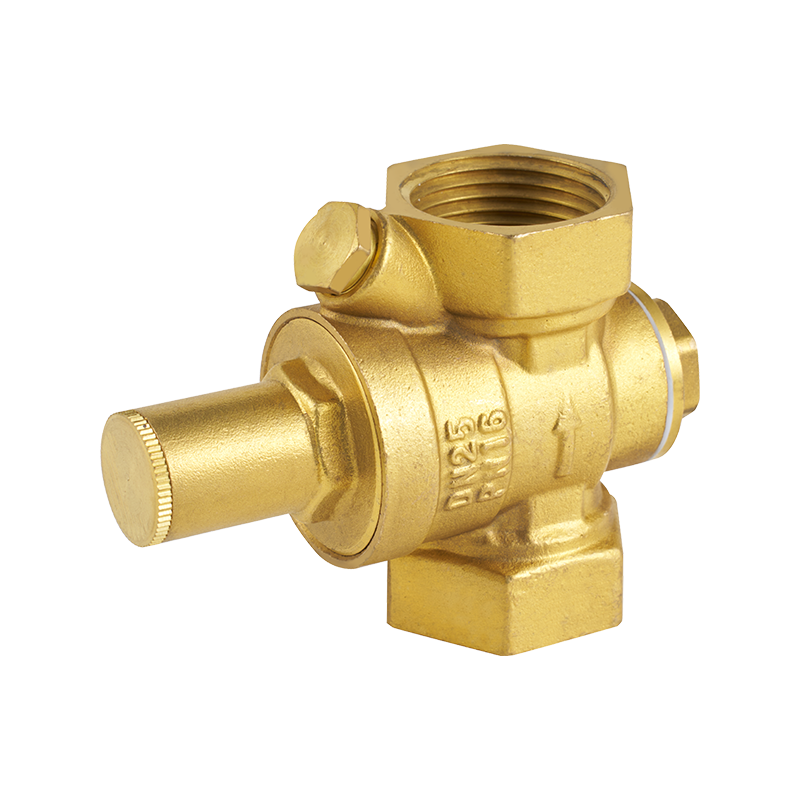

 CONTACT US
CONTACT US